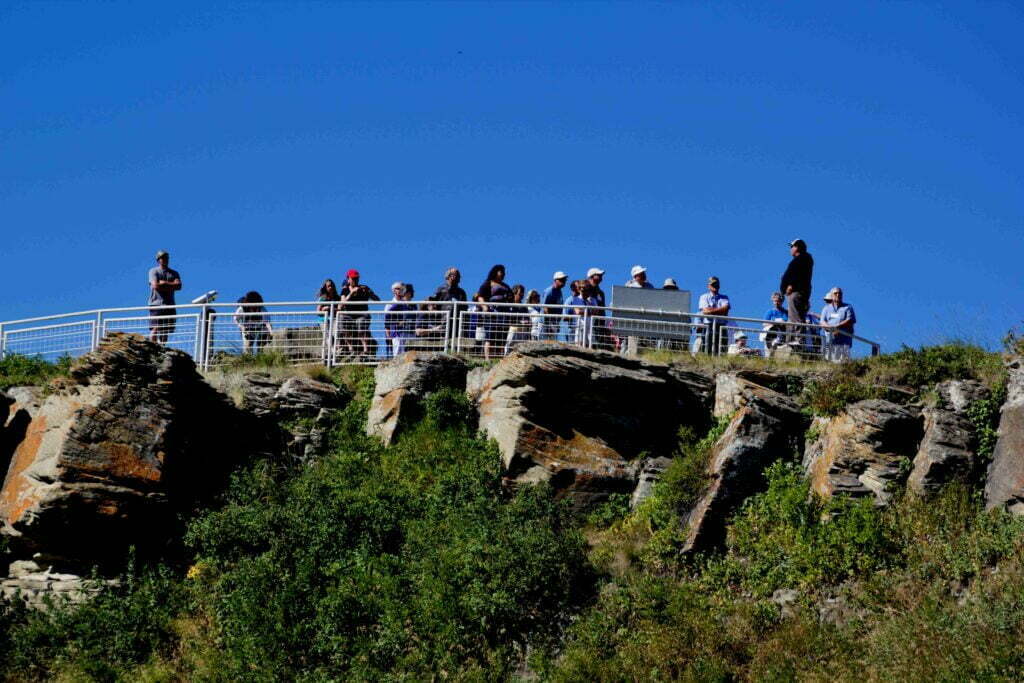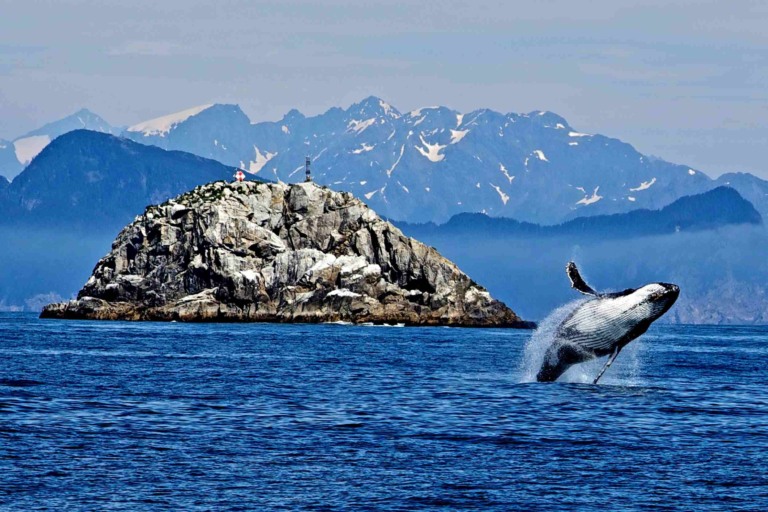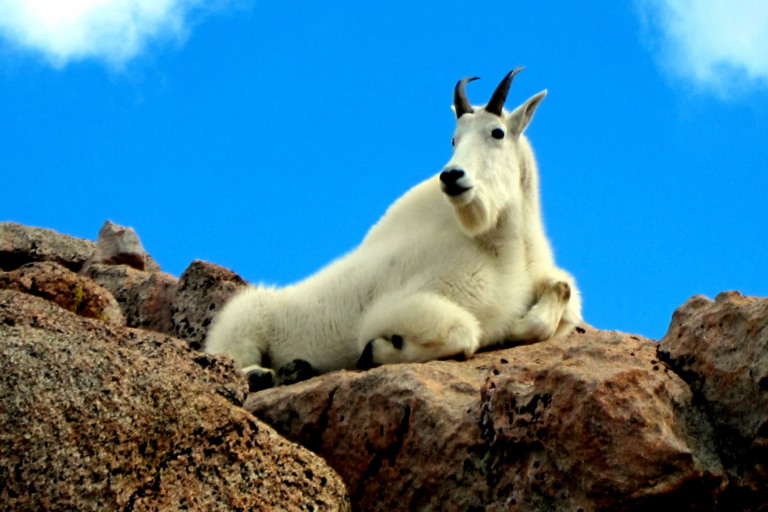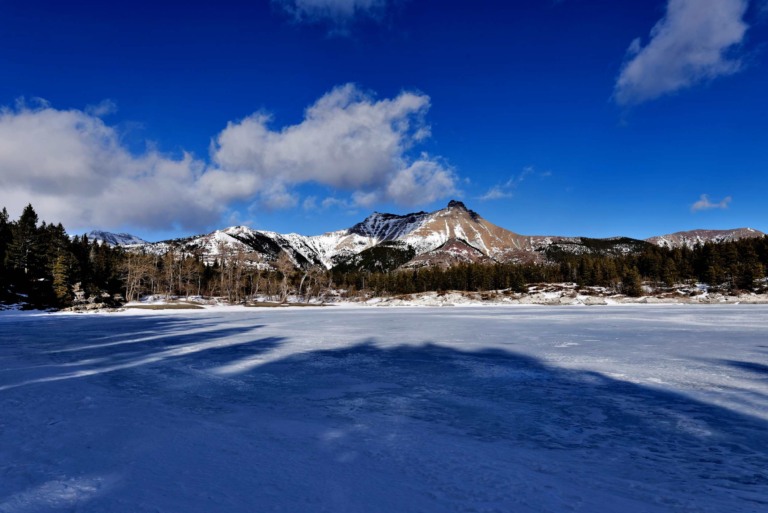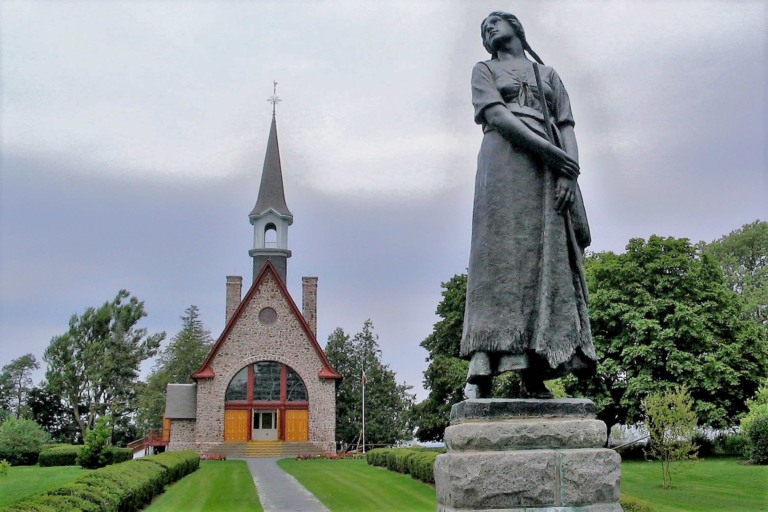Head Smashed in Buffalo Jump was a UNESCO World Heritage Site from 1981 onwards, of the Rocky Mountain foothills that meet the Great Plains in southern Alberta, Canada.
Head smashed in Buffalo jump
The Head-Smashed-In Buffalo Jump is the greatest illustration of the Plains people’s communal hunting skills and way of life, which were based on the immense herds of bison that roamed North America for millennia.
This Buffalo jumping provides testament to a sophisticated tradition practiced by Indigenous peoples of the North American plains and is a rare testimony of pre-European contact life in North America.
Based on their extensive knowledge of bison behavior and terrain, these people employed natural barriers like coulees, depressions, and hills to funnel bison into drive lanes that terminated at a cliff, which the bison stampeded over.
Head smashed in Buffalo jump history
The bodies of the animals were then slaughtered at a camp built below the cliff to supply food and materials for clothing, tools, and shelter. Spiritual interests were also fed by the development of elaborate social and technological mechanisms for deliberately and repeatedly harvesting herds in a community hunt.
The Head-Smashed-In Buffalo Jump is the most impressive of the surviving buffalo leaps in the Americas, having been in use from around 5,800 years ago until AD 1850. The driving paths that brought the bison to the leap can be observed in this grassy, windswept 3,626-hectare environment.
It also has the remains of stone markings that were used to guide bison toward the cliff. At the foot of the cliff, where various intact layered strata of bone and cultural deposits may be seen, the actual leap, a 10-meter-high cliff wall, is situated. The region includes the numerous slaughtering sites that have existed for millennia.
Buffalo jumps in Alberta
The increased erosion of the cliff and paths with use over time, as well as the unusual weather patterns experienced in recent years, might pose a threat to the property’s authenticity. The property may be put under strain as the number of visitors to Head-Smashed-In Buffalo Jump grows.
In order to manage visitor effects and better communicate the site’s related values, a visitor interpretation center has been erected into the cliff face after the inscription, and access to the land has been restricted. Archaeologists have also inspected and sampled paths, streets, and parking structures whenever necessary to guarantee that they are free of any relevant cultural items.
Head crushed in Buffalo Jump is protected by the federal, provincial, and local governments on multiple levels. The Government of Canada has designated it as a National Historic Site (1968). The site is also protected under the Alberta Historical Resources Act by the province of Alberta, which classified it as a Provincial Historic Resource in 1979.
This Act imposes harsh penalties for any conduct that has a negative physical or aesthetic impact on the resources linked to the property’s classification, and it governs archaeological resources through the Archaeological Research Permit Regulation.
Share to stand out from the crowd with this Blog.
